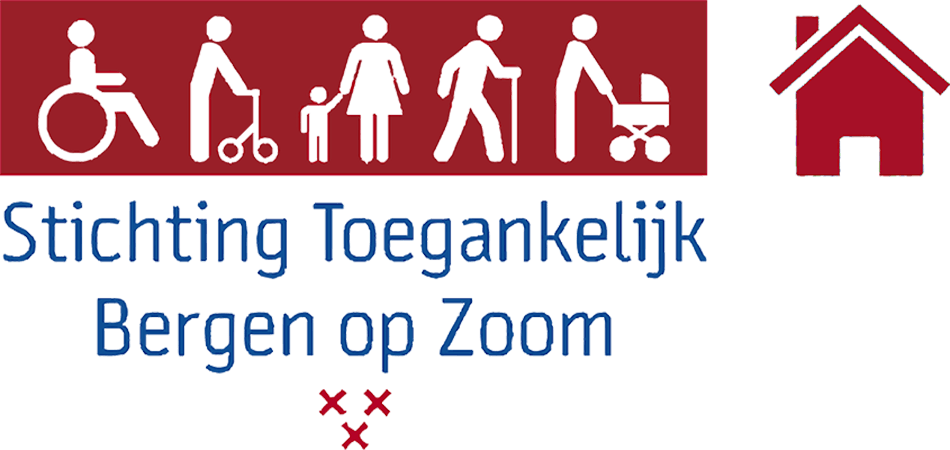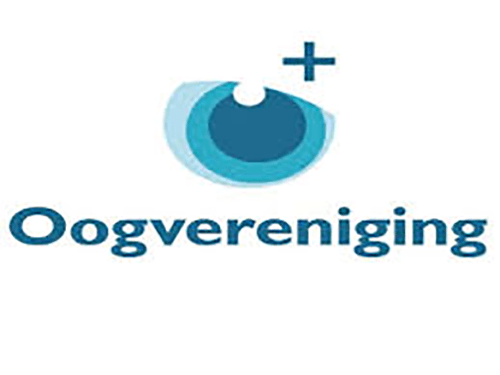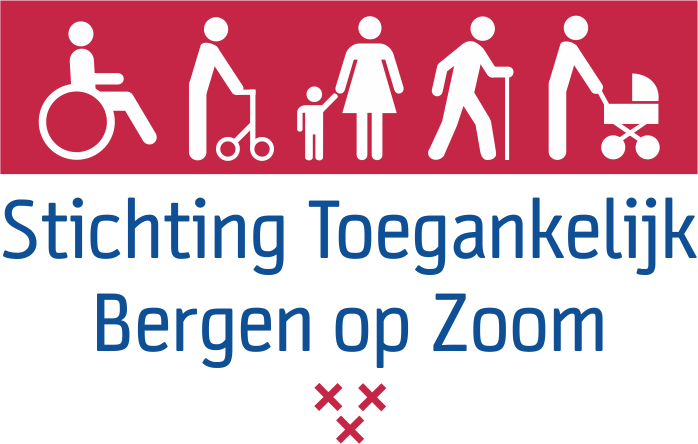Accessibility in the new normal
Soon fewer people will be able to take the train, but what if you have a visual impairment and are dependent on public transport? Plexiglass walls and chains appear everywhere as partitions. But how should you do that if you can't see it well, and you run right into it?
Even though we can go outside more later, we will have to keep our distance for a while. This creates additional obstacles for people with a visual impairment, because how do you ensure that you sit in the right place on the train? Or that you don't accidentally stand too close behind someone in line? Being able to lead your life independently is essential, especially now that it is less obvious to go out with someone else
Public transport
The Ministry of Infrastructure and Water Management is currently looking at how more people can travel by public transport in the future. Next week a draft list of measures will be sent to the Eye Association and other (interest) organizations. As an Eye Association, we will carefully review and respond to this list. The position of the Eye Association, and of all other interest groups involved, is in any case: everyone who depends on public transport, including people with disabilities, should be able to use it.
Public space and buildings, etc
How can you design the public space, but also shops, hairdressers, cafes, restaurants and terraces in such a way that people with a visual impairment can move around safely and independently? The Eye Association, Visio, Bartiméus and the Robert Coppes Foundation are currently preparing a document on this. The document will soon be distributed through industry associations and other relevant parties.






